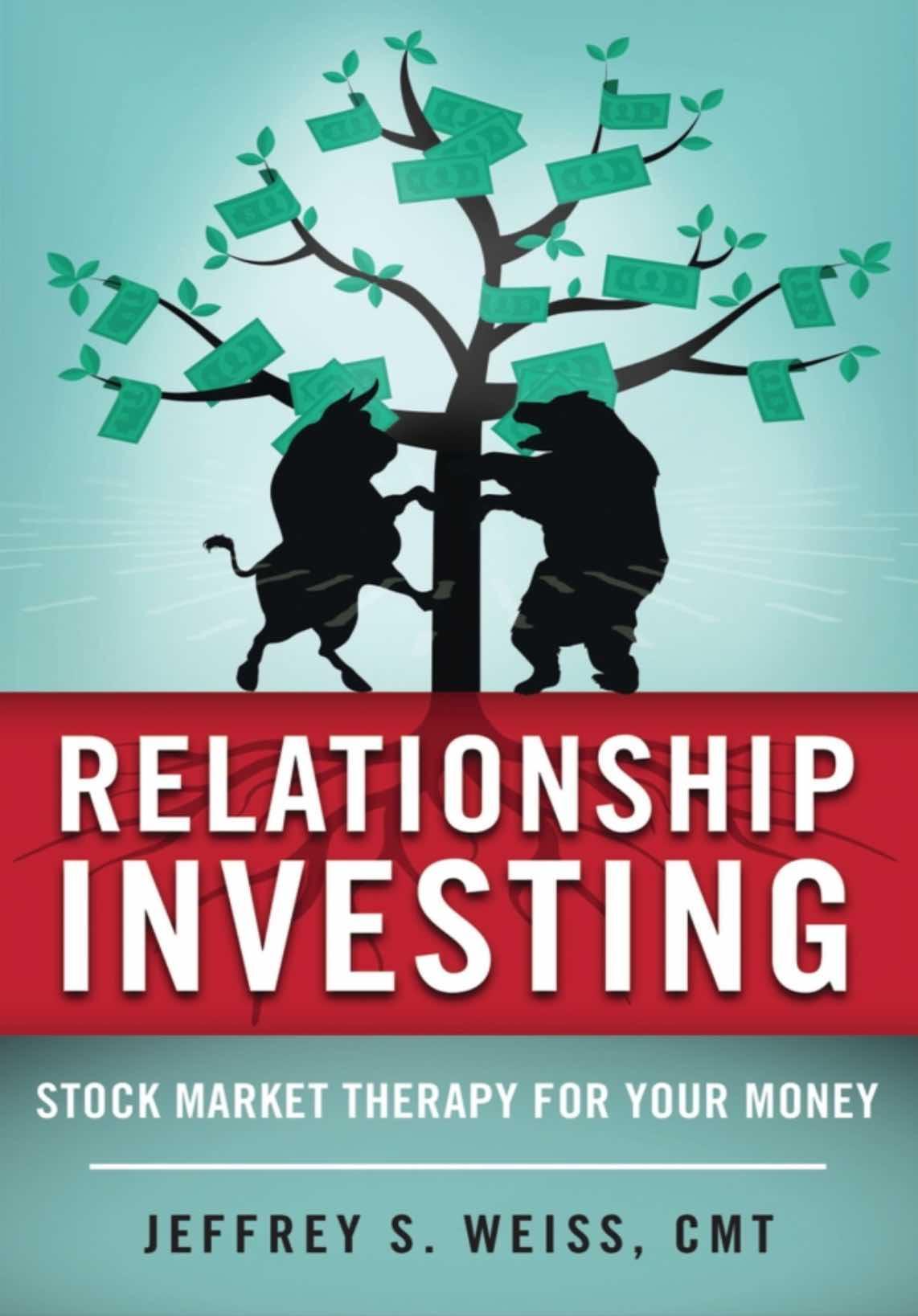Here’s the scene: You’ve ridden a stock down from $30 per share to $20 (a problem in and of itself), and promise yourself that you’ll sell it if it ever goes back up to what you paid for it. Lo and behold, the shares start to rally, first to $23, then past $25. And the recovery doesn’t end there. The shares continue to rebound, sailing past $27 and then reaching $29.50. You’re pumped, excited beyond belief—and you’re still losing money! Nothing can stop those shares now. You call your broker or go online, excitedly giving instructions to sell your shares at $30 per share. You begin thinking how you’ll spend the money or start searching for another candidate to purchase. You feel great. Everything seems to be going your way. That order is as good as executed. But wait.
The stock starts to teeter. That bastion of security strength, which rallied so effortlessly from $20 to better than $29, seems to hit a brick wall. It’s like all of a sudden the stock becomes human, sprouts eyes and ears, knows exactly what you paid for it, and has no intention of letting you get out on a break- even basis. Nonetheless, you become defiant, confidently proclaiming that either you’ll get out on a break-even basis or remain in the shares until you extract what you put in. What conviction. What financial bravery. What a mistake!
One of the most financially fatal flaws one can make in this unforgiving business is waiting to break even—putting a lid on how high that stock will go but not having a floor on how low it can go. The investor in this instance is trying to get $30 per share for a stock that is currently trading only fractionally away from that level, and that’s the best-case scenario! What about on the southerly side? Has any thought been given to the $29.50 being risked on the downside to achieve that break- even result a mere half-point higher? Unfortunately not, in most cases like this. This happens time and time again in our business, where investors are content just to get out of a stock with their original investment intact but fail to protect themselves on the southerly end if they don’t succeed in that regard. What kind of risk assessment is that?
Or consider this: If the best outcome in a valued personal relationship is to tolerate one another, with communication channels strained and laughter and happiness rare, would you remain “invested” in that alliance? What if you held out for a break-even offer on your home just before the real estate market took a drubbing, even though you had a chance to sell it just a bit below your original cost? Is it sensible to hold out for that small amount extra on such a large family asset? Additionally, what about deciding to stretch for a goal just ahead without realizing how far you’ve already progressed and what you’re risking on the downside in its pursuit should you fail? Reaching for that slight bit more so that you can feel “whole,” whether psychologically or financially, not only exposes you to further frustration but the potential for substantial downside as well. Stubbornness and inflexibility are your enemies in such a scenario.
What would I suggest in the above market example? Sell the stock, realizing that losing that small a percentage is barely even a loss at all. I certainly don’t consider it one. Or consider this: have a predetermined price level where you’re willing to take a reasonable loss on the downside (known as a “stop order”), based on a thorough chart pattern analysis by a highly respected technical analyst (or alternative method if you choose), coupled with your risk tolerance and whether you have a shorter-term or longer-term investment bent. Then remove that sell order at $30 and give the stock an opportunity to move beyond that level. In other words, have some type of floor on how much capital you could lose but don’t put a lid on how much you can make. Then, if the stock surpasses (in our example) that $30 per share level, you can raise your stop order accordingly. You may even decide to have more than one stop order on varying share positions. Technical analysis can be very useful in these circumstances, because it addresses the “just in case” scenario, a central part of the investment equation.
(To be continued...)

This excerpt is taken from “Relationship Investing: Stock Market Therapy for Your Money” by Jeffrey S. Weiss. To read other articles of this book, click here. To buy this book, click here.
The Epoch Times copyright © 2023. The views and opinions expressed are those of the authors. They are meant for general informational purposes only and should not be construed or interpreted as a recommendation or solicitation. The Epoch Times does not provide investment, tax, legal, financial planning, estate planning, or any other personal finance advice. The Epoch Times holds no liability for the accuracy or timeliness of the information provided.







